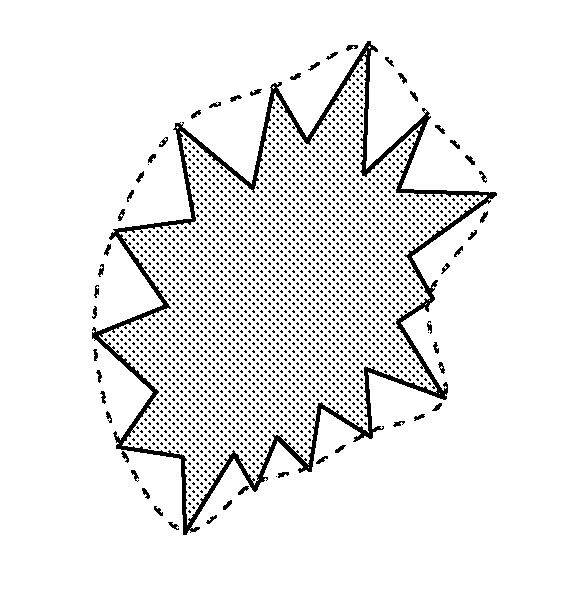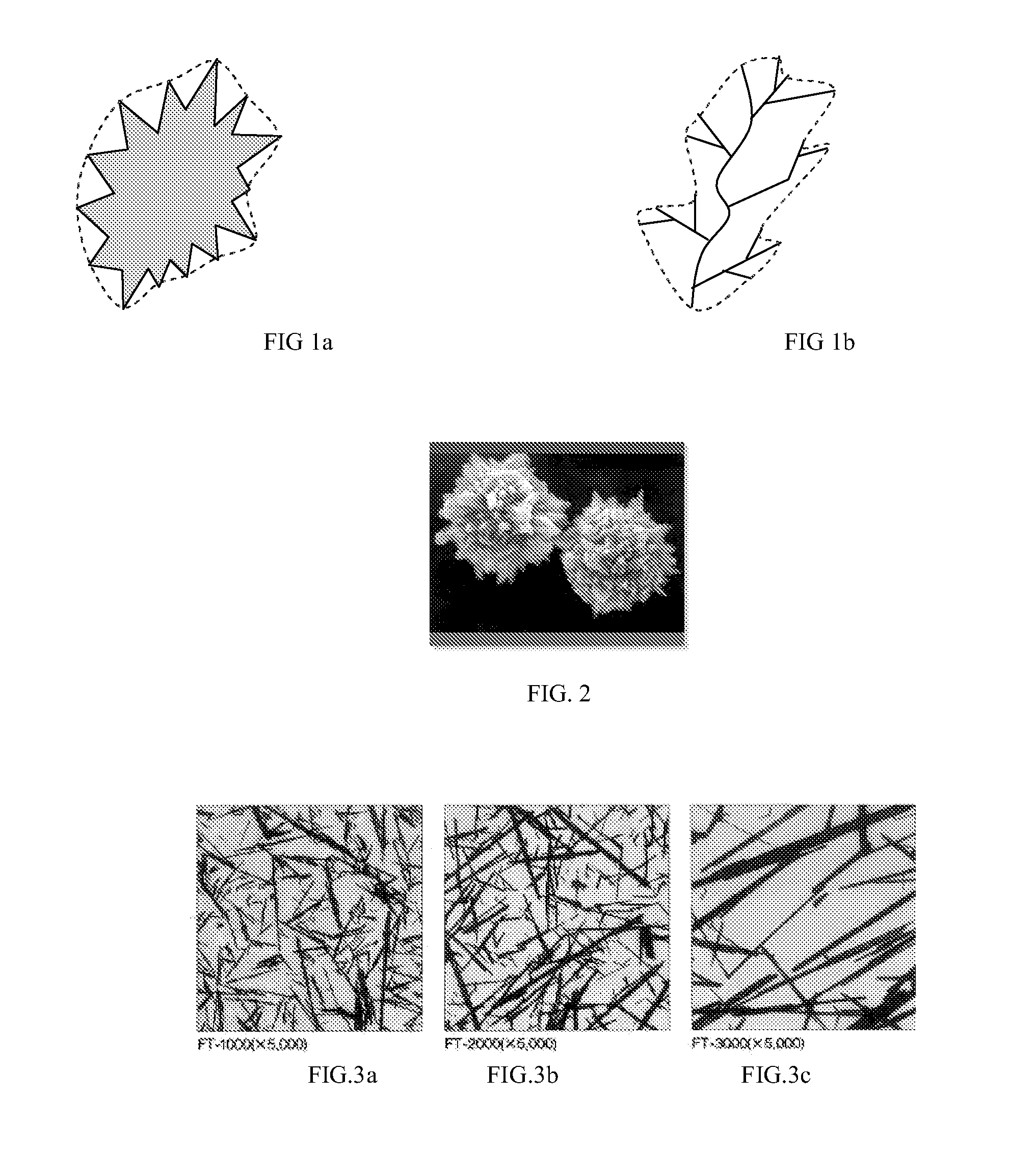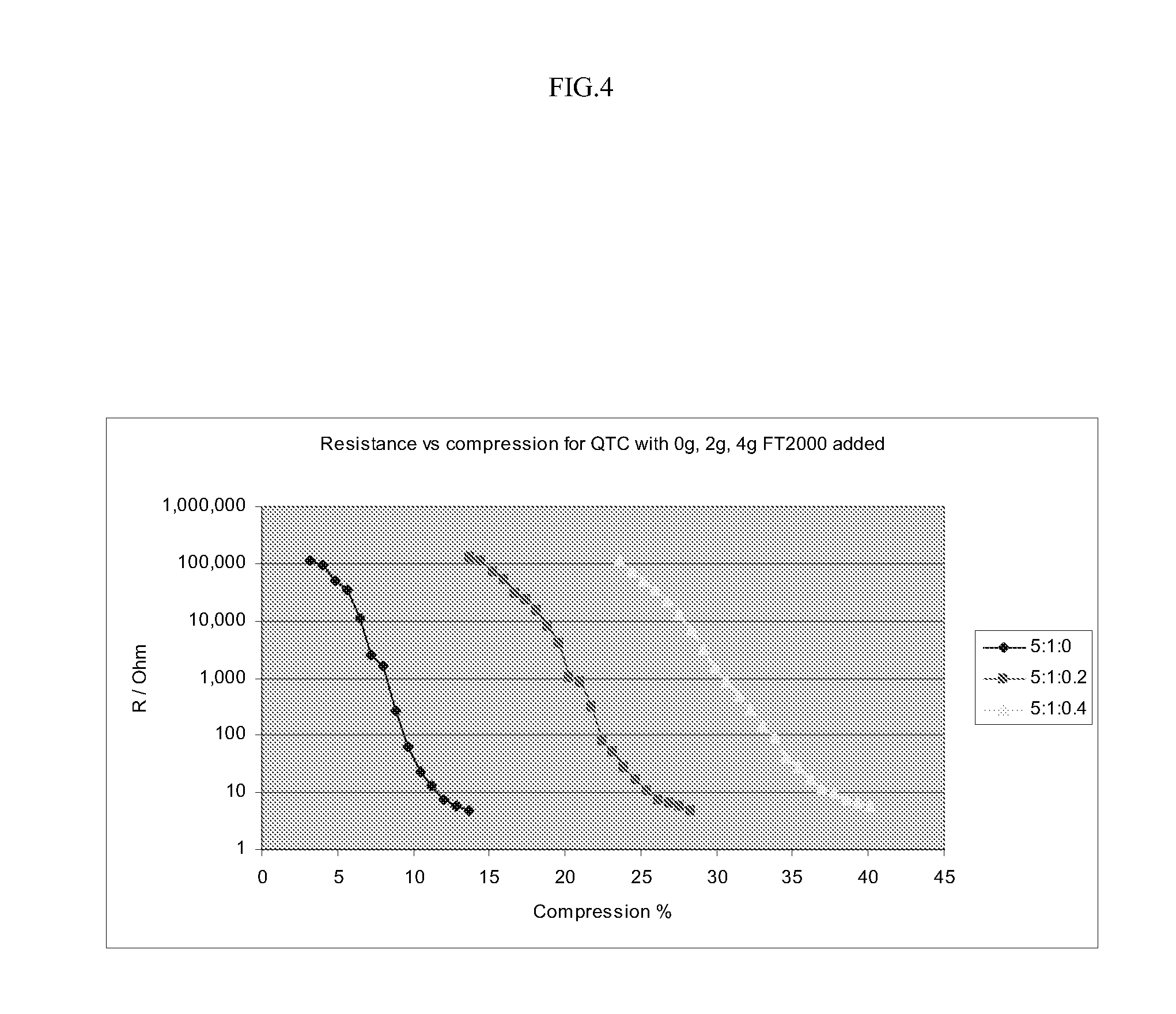Polymer Composition
a technology of polymer composition and polymer matrix, which is applied in the direction of organic conductors, metal/alloy conductors, conductive materials, etc., can solve the problems of internal stresses within the material, mechanical failure of the composite in the polymer matrix, and significant noise associated with the composi
- Summary
- Abstract
- Description
- Claims
- Application Information
AI Technical Summary
Benefits of technology
Problems solved by technology
Method used
Image
Examples
experiment i
[0074]In order to perform experiments three samples of quantum tunnelling composite were manufactured as shown in the table below using elastomeric silicone rubber polymer typical of the polymer type used in quantum tunnelling material described in WO 98 / 33193:
TABLE 1SampleSilicone / gNi 123 / gFT2000 / g110500210502310504
[0075]FIGS. 4 to 6 relate to experiments conducted on the materials of samples 1 to 3, i.e. loadings of FT-2000 of 0, 2 and 4 grams respectively.
[0076]The graph illustrated in FIG. 4 shows that adding FT-2000 reduces the sensitivity of samples to compression. Also, rate of change of resistance with compression is reduced with increasing amount of FT-2000 as indicated by the reducing steepness of slope as the proportion of FT-2000 is increased. Both these phenomena allow a quantum tunnelling composite to be tuned to a particular force region of interest.
[0077]The effects illustrated in FIG. 4 may be explained in mechanical and / or electrical terms. Adding FT-2000 to the ma...
experiment ii
[0086]Quantum tunnelling composites were manufactured using a solvent-based polymer binder, in the present example Polyplast PY383, with various loadings of Ni123 and FT-2000 in powder form. The total amount of powder mixed with the polymer was held constant, with the relative volume amounts of Ni123 and FT-2000 being varied, as shown in Table 2.
TABLE 2Ni123 %1009080706050403020100FT2000 %01020304050607080900
[0087]The volume ratio of uncured polymer binder to filler was 1:0.13 for all samples.
[0088]Referring now to FIGS. 7 and 8, these graphs relate to resistance of the sample being measured transverse to the direction of application of force. FIG. 7 shows that by manipulating the relative amounts of Ni123 and FT-2000 the start and end resistances can be changed. For samples having a Ni123 content of up to 90% the rate of change of resistance upon application of increasing force is substantially similar irrespective of the relative proportions of Ni123 and FT-2000. However, within t...
PUM
 Login to View More
Login to View More Abstract
Description
Claims
Application Information
 Login to View More
Login to View More - R&D
- Intellectual Property
- Life Sciences
- Materials
- Tech Scout
- Unparalleled Data Quality
- Higher Quality Content
- 60% Fewer Hallucinations
Browse by: Latest US Patents, China's latest patents, Technical Efficacy Thesaurus, Application Domain, Technology Topic, Popular Technical Reports.
© 2025 PatSnap. All rights reserved.Legal|Privacy policy|Modern Slavery Act Transparency Statement|Sitemap|About US| Contact US: help@patsnap.com



